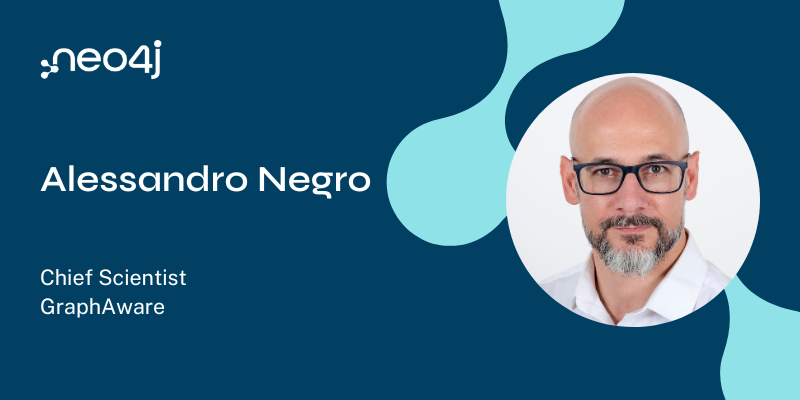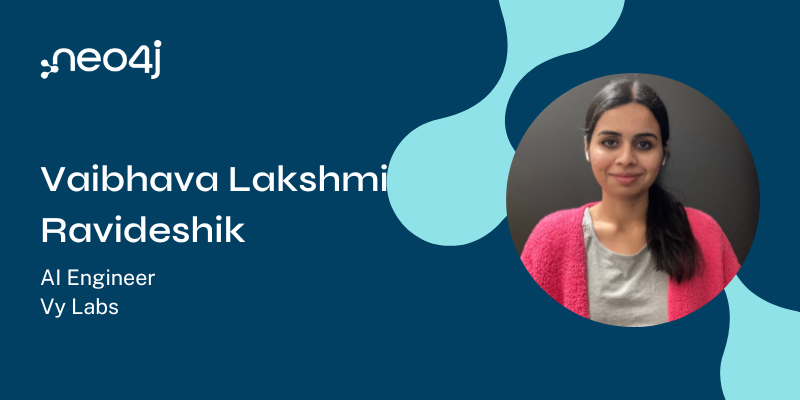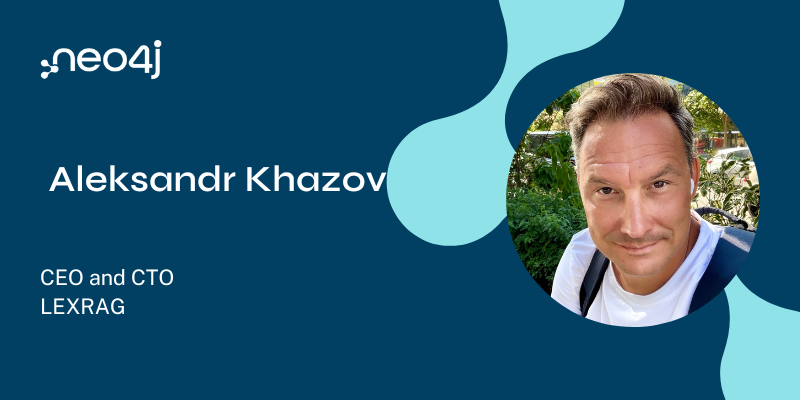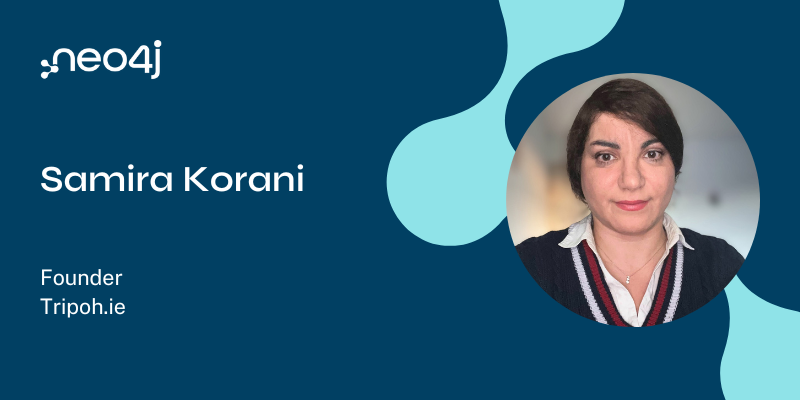
Welcome to this week in Neo4j where we round up what’s been happening in the world of graph databases in the last 7 days.
Featured Community Member: Sylvain Roussy
This week’s featured community member is Sylvain Roussy, Director of R&D at Blueway Software.

Sylvain Roussy – This Week’s Featured Community Member
Sylvain has been a member of the Neo4j community for a number of years now, and is the author of a French book on Neo4j – Des données et des graphes. He is currently working on a new book which demonstrates developing an graph based application from idea to production. All presented in dialogues of the project team.
He’s also been organising the Neo4j meetup in Lyon since 2014.
On behalf of the Neo4j community thanks for all your work Sylvain!
Online Meetup: Building Conversational Experiences with Amazon Alexa and Neo4j
In this week’s online meetup GraphAware‘s Christophe Willemsen showed us how to combine Amazon Alexa and Neo4j to build great conversational experiences.
You can catch a live version of this talk at GraphConnect NYC 2017. Christophe will also be hanging out in the DevZone giving demos of the Alexa to anyone who’s interested.
Graphing metaphors, Building a Source Code Schema, GraphQL and GoT
-
- Markus Harrer continued his series of posts showing how to use jQAssistant and Neo4j for software analytics. This time he shows how to build higher-level abstractions of source code
- Michael Hunger wrote Importing Mapping Metaphor into Neo4j, in which he explained how to create a graph of metaphoric connections of the English language and run graph algorithms against it. Michael also created a short video showing how to import the data into Neo4j.
- The video of Michael Hunger’s talk from the GraphQL Berlin meetup – A Game of Data and GraphQL – is now available. Michael shows how to build a GraphQL schema on top of data loaded from An API of Ice and Fire, load and clean the data using APOC procedures, and then write queries in GraphiQL.
- In Better Data Import with GraphQL Michael Hunger explains the graphql-cli-load tool he’s built to make it easier to load data into GraphQL backends.
- Marco Falcier released v1.3.0 of neo4j-versioner-core, a collection of procedures to help developers manage versioned graphs. This release contains several new procedures to make it easier to do common operations. If you haven’t seen neo4j-versioner-core, don’t forget to watch Episode #19 of the online meetup which covered this project.
- Adam Hopkins has written up his experience building an application using GraphQL, Neo4j, and Django.
Neo4j, Fraud Detection, and Python
The Data Science Milan group recently hosted an event which focused on different data science applications that are made possible using graph databases.
The video contains a mix of talks in English and Italian – the one in English is about 50 minutes in so if you’re language challenged like me you’ll want to skip forwards to there.
On the podcast: Tomaz Bratanic
This week on the podcast Rik interviewed Tomaz Bratanic, who’s written many great blog posts that we’ve featured in previous versions of TWIN4j.
Tomaz and Rik talk about Tomaz’s move from playing poker to coding fulltime, why he loves the Cypher query language, and more!
Next Week
What’s happening next week in the world of graph databases?
| Date | Title | Group | Speaker |
|---|---|---|---|
|
October 3rd 2017 |
|||
|
October 5th 2017 |
|||
|
October 5th 2017 |
|||
|
October 5th 2017 |
Finding connections between components from 100s of Gigabytes of product data |
Ravi Krishnaswamy
|
Tweet of the Week
My favourite tweet this week was by Max Sumrall, my former colleague on the Neo4j clustering team:
@neo4j listed in the @zeroturnaround 2017 Developer Productivity report! Congrats! https://t.co/K5ar1XMA64
— Max Sumrall (@MaxSumrall) September 26, 2017
Don’t forget to RT if you liked it too.
That’s all for this week. Have a great weekend!
Cheers, Mark









